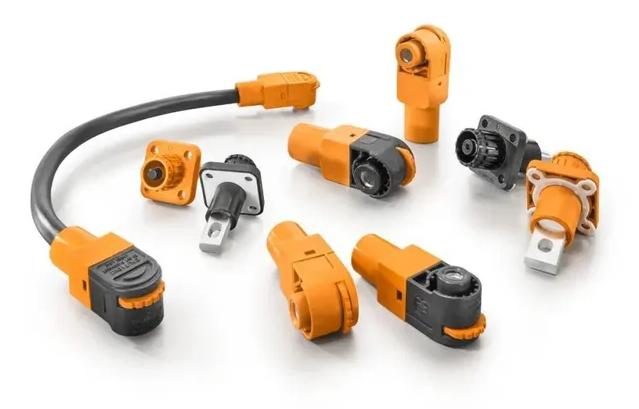The rise of renewable energy sources such as solar and wind power has brought opportunities but also challenges to the global power grid. Due to the intermittency of these energy sources, storing excess energy during peak power generation periods is crucial for meeting the demand during low power generation periods. Therefore, battery energy storage systems (BESS) have become a promising solution to bridge this energy gap. These systems not only stabilize the power grid, but also improve the overall efficiency of the power grid.
The battery energy storage system has completely changed the way we store and utilize electricity. With the increasing demand for renewable energy integration and reliable energy storage solutions, battery technology has become a key player in the global energy landscape. The key component of these systems is the battery connector, which ensures efficient power transmission and reliable connections. Energy storage connector is a type of connector used for batteries and energy storage equipment, which is used to transmit electrical energy and data signals. It plays a crucial role in energy storage systems, providing reliable electrical connections and mechanical fixation, ensuring efficient energy transmission and reliable data exchange.

1. The basic principle of energy storage Connectors The design principle of energy storage connectors is based on the requirements of electrical energy transmission and data communication, and its main principles include: Electrical transmission: Energy storage connectors need to carry high currents and voltages, so their design should consider low resistance, high conductivity, and good thermal tolerance to minimize energy loss and heat generation. Mechanical structure: The energy storage connector needs to provide a strong mechanical connection to ensure connection reliability. Its mechanical structure usually adopts plug-in, threaded or buckle connection methods to adapt to different installation needs. Security: Energy storage connectors need to have safety functions such as anti misinsertion and anti reverse connection to protect the safety of equipment and operators.
2. The energy storage connector has the following characteristics: High current carrying capacity: Energy storage connectors can withstand high currents and voltages to meet the high-power output and fast charging and discharging needs of energy storage equipment. Low resistance design: The energy storage connector adopts low resistance materials and contact structures to reduce energy loss and heat generation, and improve energy transfer efficiency. Long lifespan and reliability: The energy storage connector has undergone special material selection and structural design, which has good corrosion resistance and high temperature resistance, and can maintain stable connection performance in long-term use. Security protection: Energy storage connectors usually have security protection functions, such as anti misinsertion, anti reverse connection, and anti leakage, to ensure the safety of equipment and personnel.
3. Application fields of energy storage connectors Energy storage connectors are widely used in various energy storage systems and equipment, such as the following fields: New energy battery energy storage system: The energy storage connector is used to connect energy storage devices such as solar power generation systems, wind power generation systems, and battery packs, achieving the storage and utilization of electrical energy. Electric vehicles and hybrid vehicles: The energy storage connection is used to connect the battery pack and electric motor of electric vehicles and plug-in hybrid vehicles, transmitting high-power electrical energy. Industrial energy storage equipment: The storage connection circuit plays a crucial role in industrial energy storage equipment, such as UPS (uninterruptible)